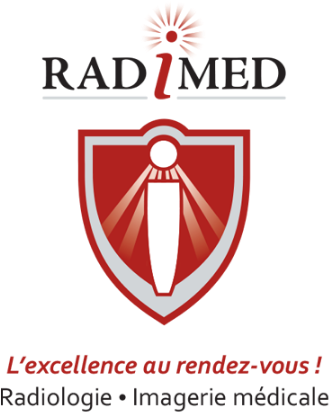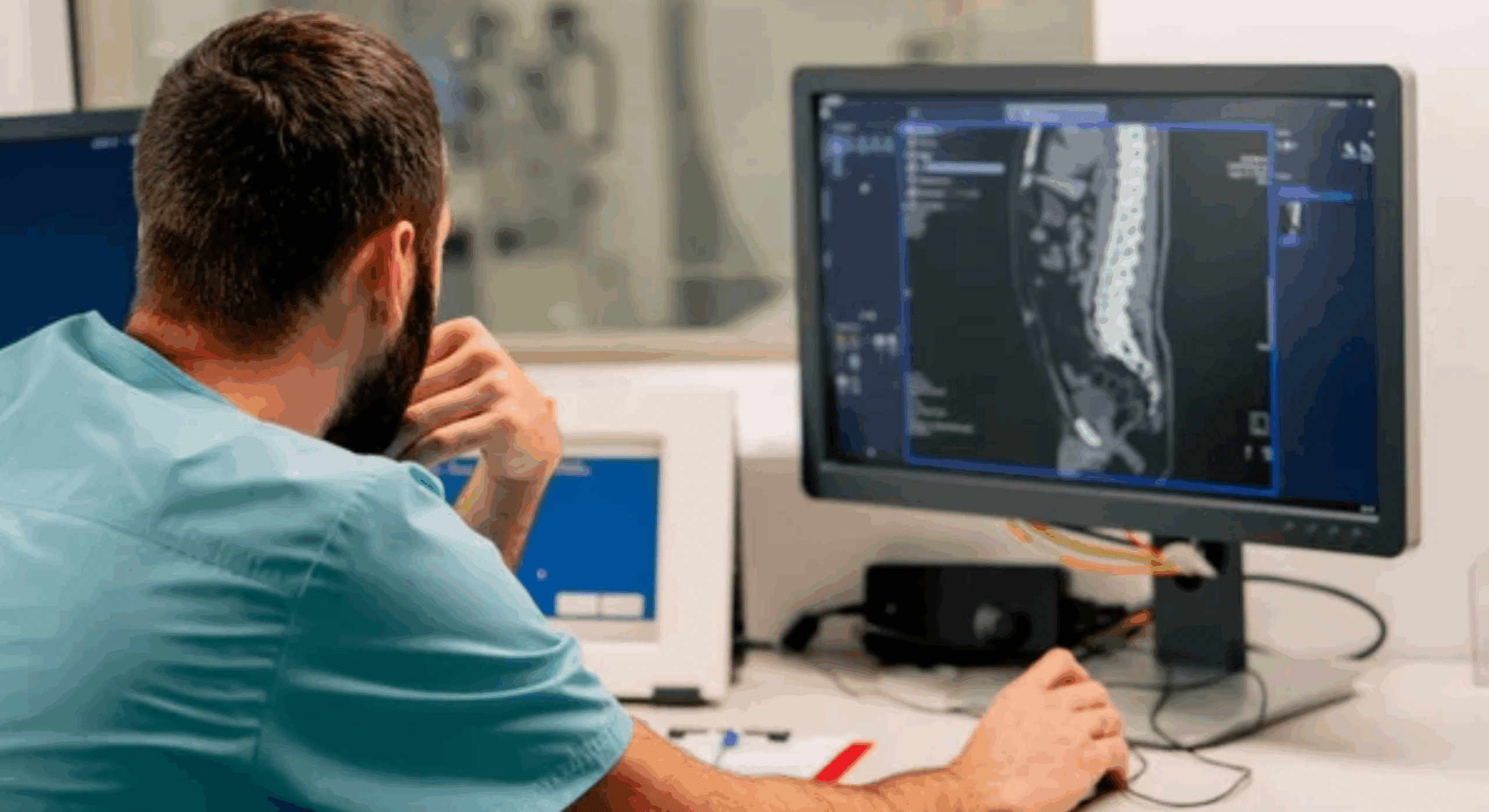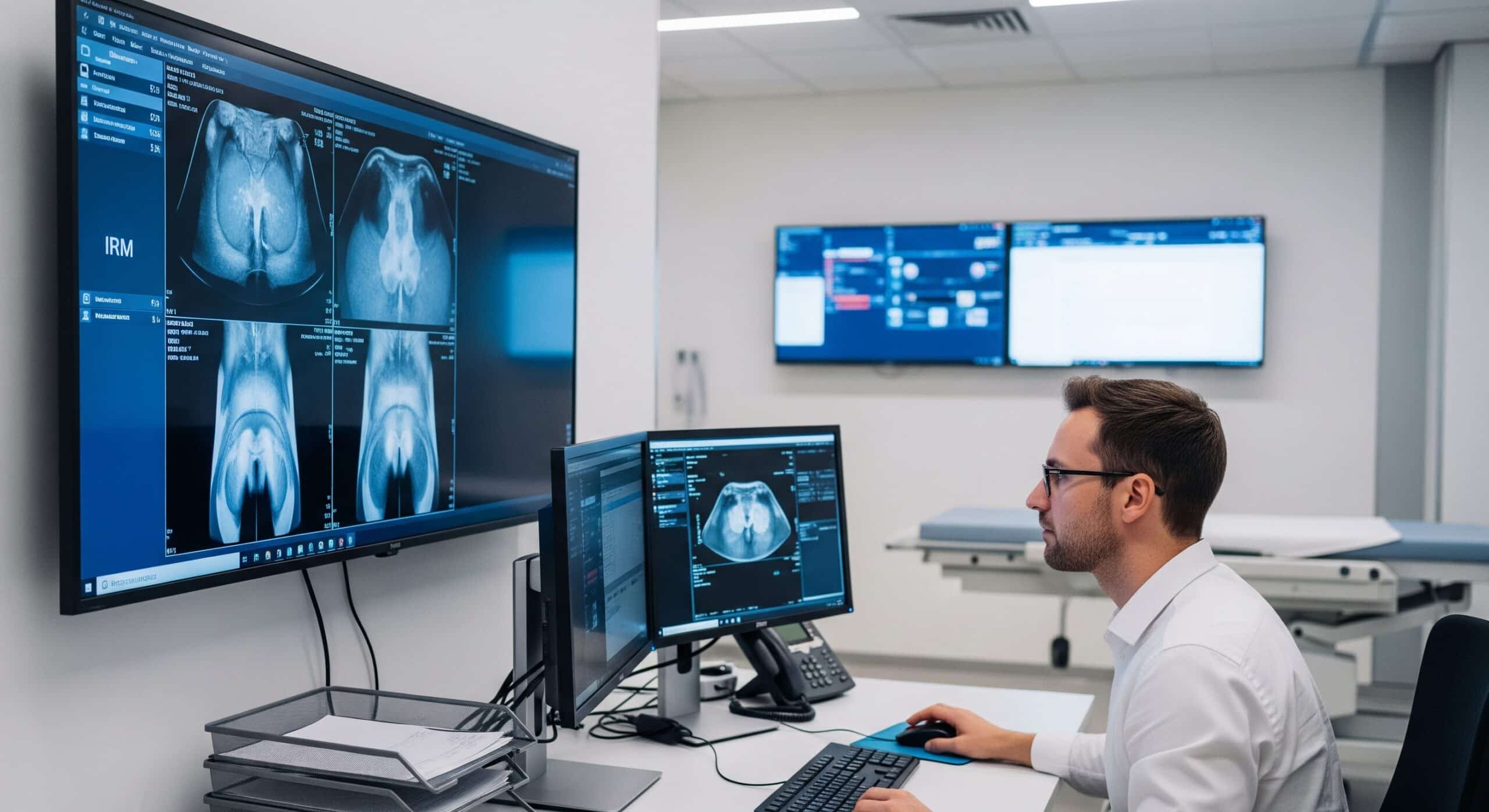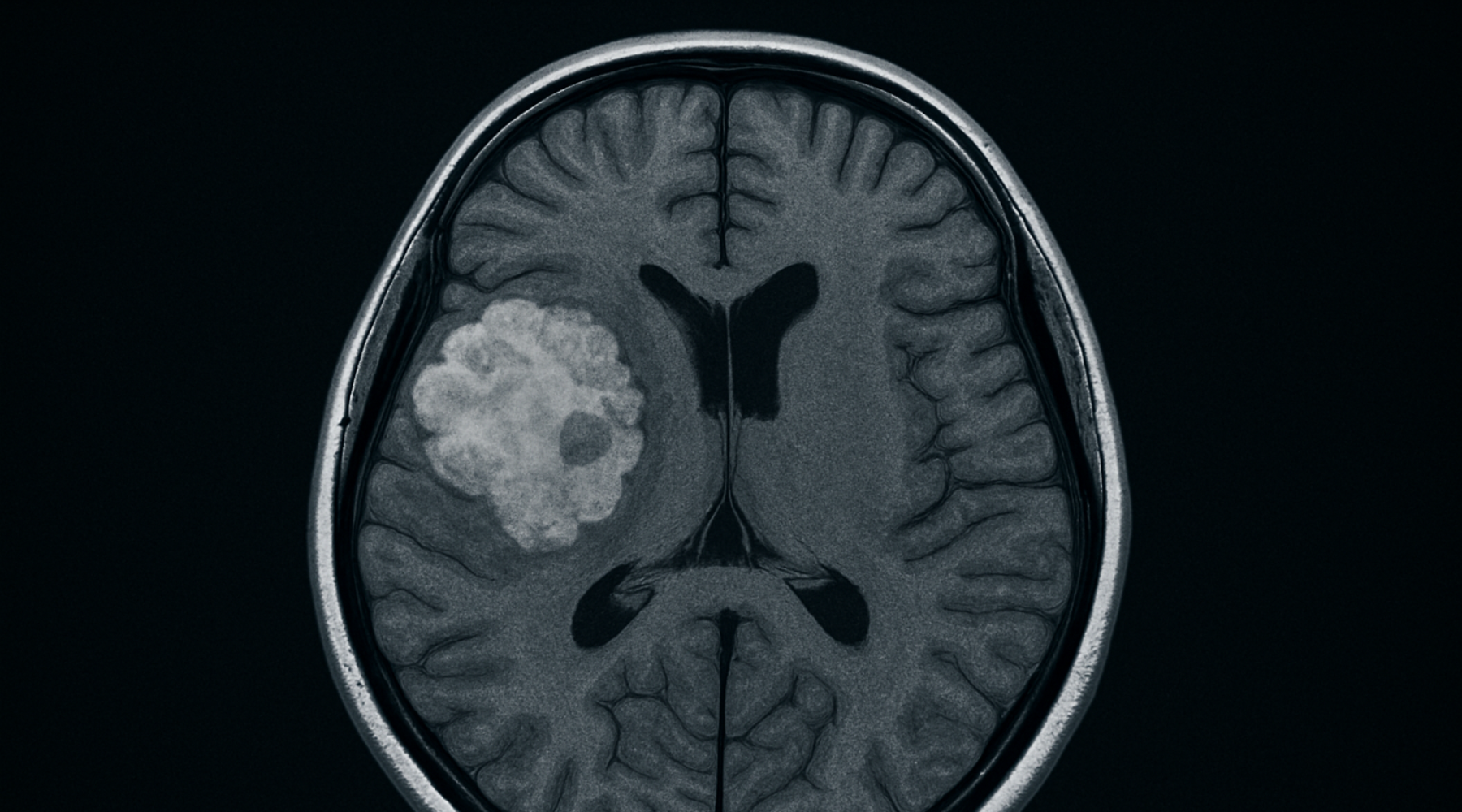Medical imaging is an essential tool for diagnosing and monitoring many health conditions. Yet, several misconceptions persist about how it works. Let’s clear up some of the most common beliefs together.
Myth #1: “MRI uses X-rays”
Fact: Magnetic Resonance Imaging (MRI) works using a powerful magnetic field and radio waves—not X-rays. Unlike a CT scan, MRI does not use ionizing radiation.
Myth #2: “Ultrasound is only for pregnant women”
Fact: While ultrasound is often linked to pregnancy monitoring, it is also used to examine many organs such as the liver, thyroid, heart, and muscles. It’s a non-invasive technique with a wide range of medical applications.
Myth #3: “X-rays are dangerous every time you’re exposed”
Fact: While excessive exposure to X-rays can carry risks, the doses used in diagnostic imaging are low and strictly regulated. Because the effects are cumulative, each exam is medically justified to ensure the benefits outweigh any risks.
Myth #4: “An X-ray can show everything”
Fact: Each imaging technique has its own strengths. X-rays are excellent for visualizing bones and some lung conditions, but MRI or CT is more appropriate for soft tissues such as muscles, cartilage or internal organs.
Myth #5: “MRI is dangerous because of the magnetic waves”
Fact: MRI is a safe imaging method that does not involve radiation. However, it is not suitable for some people with metal implants that are not compatible with strong magnetic fields.
Myth #6: “Imaging exams are painful”
Fact: Most imaging exams such as X-rays, MRI, and ultrasound are completely painless. Only some specific procedures, like the injection of contrast material, may cause minor temporary discomfort.
Medical imaging is a constantly evolving field that helps improve patient care. If you have any questions or wish to book a medical imaging appointment, Radimed is here for you.







